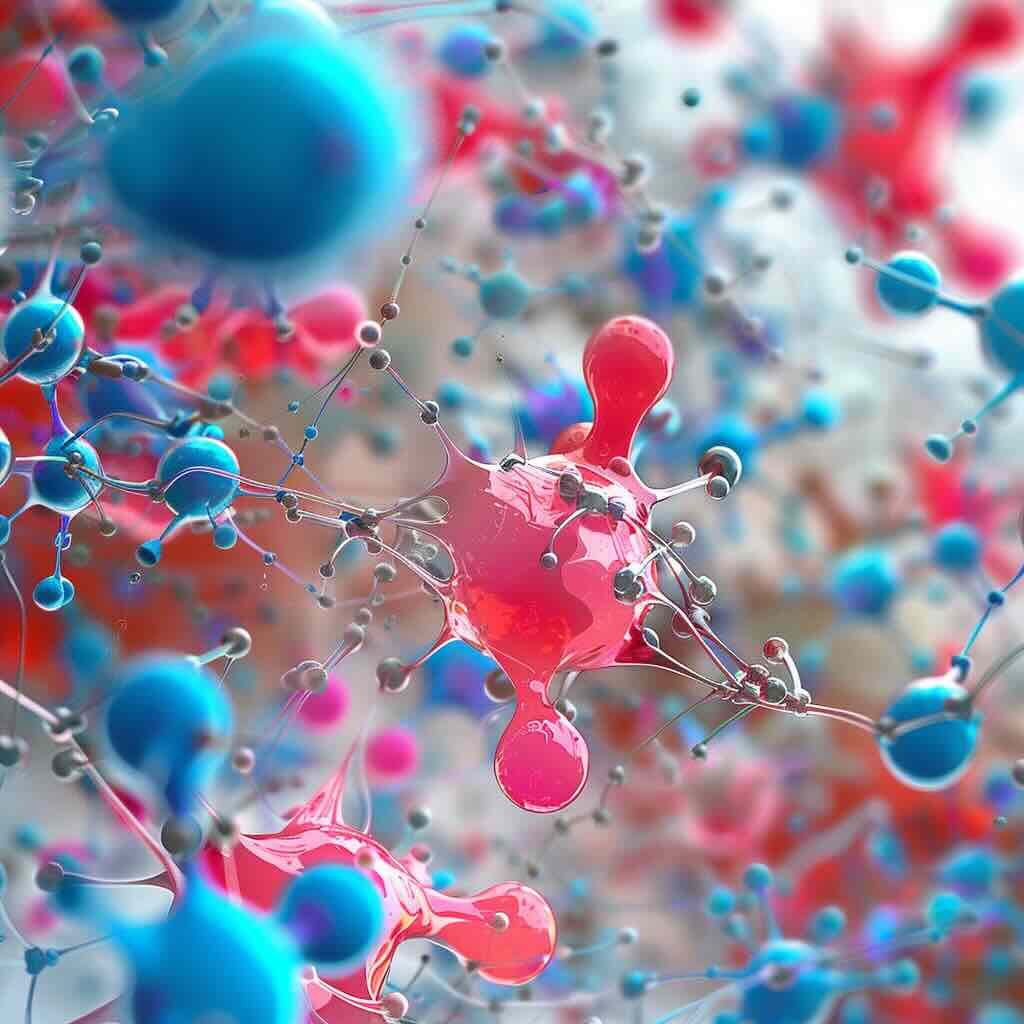You've probably heard of Alcoholic Fatty Liver Disease and the problems it causes. But, another fatty liver disease NAFLD has started to become an epidemic. NAFLD stands for Nonalcoholic Fatty Liver Disease
Nonalcoholic fatty liver disease has many of the same systems and risk factors as the more severe form Alcoholic fatty liver disease including cirrhosis and liver failure. We'll go over how NAFLD starts, the systems, and how you can greatly decrease your risk factors.

What is Nonalcoholic Fatty Liver Disease (NAFLD)?
Nonalcohololic fatty liver disease (NAFLD) is an umbrella term for a range of liver conditions for those who drink little or no alcohol. As the name implies, there is too much fat stored in the liver tissue. According to the Mayo Clinic it's becoming increasingly common around the world.
Nonalcoholic fatty liver disease can lead to nonalcoholic steatohepatitis (NASH), an aggressive form of fatty liver disease. This is similar to the disease caused by people with heavy alcohol consumption.
What are the symptoms?
NAFLD many times has vague symptoms in early stages, so many times it goes undiagnosed.
Some symptoms include:
-
Severe tiredness and weakness
-
Yellowing of the skin or eyes
-
Spider like blood vessels on the skin
-
Unexplained or rapid weight loss
-
Struggle taking fat soluble vitamins
-
Jaundice
-
Mental confusion
-
Abdominal pain
For many people with nonalcoholic fatty liver disease they don't have any specific issues until they are diagnosed with nonalcoholic steatohepatitis. Severe liver cell damage can be caused by Cirrhosis. Cirrhosis leads to scaring and the possible need for a liver transplant.

How is it diagnosed?
Nonalcoholic fatty liver disease is usually diagnosed through an ultrasound combined with routine blood tests. Research suggests that even these tests are not completely accurate. Another test done is where doctors do a liver biopsy if severe liver damage is expected; to look for scar tissue.
More extensive testing may be done if non alcoholic steatohepatitis is present.

What are the risk factors for fatty liver disease?
The exact cause of Nonalcoholic fatty liver disease is still unknown. Current research suggests that certain genes as well as a number of health issues increase the chances of NAFLD.
Other risk factors are:
-
Being overweight or Obese
-
Type 2 diabetes and insulin resistance
-
High cholesterol levels
-
Metabolic syndrome
-
High blood pressure
-
Poor diet
The more conditions you have, the higher the risk of developing non alcoholic steatohepatitis (NASH). The national institute has discovered that losing weight may help non alcoholic steatohepatitis reverse.
Why Is Nonalcoholic Fatty Liver Disease (NAFLD) on the Rise?
A host of new digestive and kidney diseases have been on the rise - including chronic liver disease.
Why?
Some believe it has nutritional causes due to the amount of processed foods that people consume. Others believe it could be from the amount of antibiotics and pills society now take which suppresses liver function. It's clear more health problems outside NAFLD are increasing as well.
We need to take our health into our own hands and start making healthy lifestyle choices that for many don't seem mainstream.
How To Help Your Body Heal from NAFLD
We've helped thousands of customers regain their health and feel 20 years younger again. Our proven strategy is:
Detox - Restore - Optimize
This process is what works for all chronic diseases. One of the biggest issues with NAFLD is that it clogs one of your major detox pathways (liver) so you aren't able to get all of the toxins out of your body.
So NAFLD can create a host of other issues in your body, and could be the underlying issue to whatever physical ailment you are going through.
The first step to healing NAFLD is to get your detox pathways open.

You can read more about different types of detoxes here
One of the most effective detoxes is to do a gallbladder and liver flush. This helps flush out excess toxins in the liver.
Once you get your detox pathways open and get out excess toxins, you can rebuild your liver and other supporting organs with a simple 10 or 30 day course of peptides.
Once you finish the peptides, you can follow best practices of a healthy diet and exercising regularly to maintain a healthy weight. This is also a good time to lose weight if you need to. Those should keep your detox pathways open and keep nonalcoholic fatty liver disease from coming back.

Conclusion
NAFLD can seem overwhelming at first. Unlike the common form of Fatty alcohol liver disease, it can't be cured if you stop drinking alcohol. Too much fat in the liver causes a host of other issues, even if no symptoms occur.
The good news is small lifestyle changes and avoiding common risk factors can reverse a nonalcoholic fatty liver diseases.





